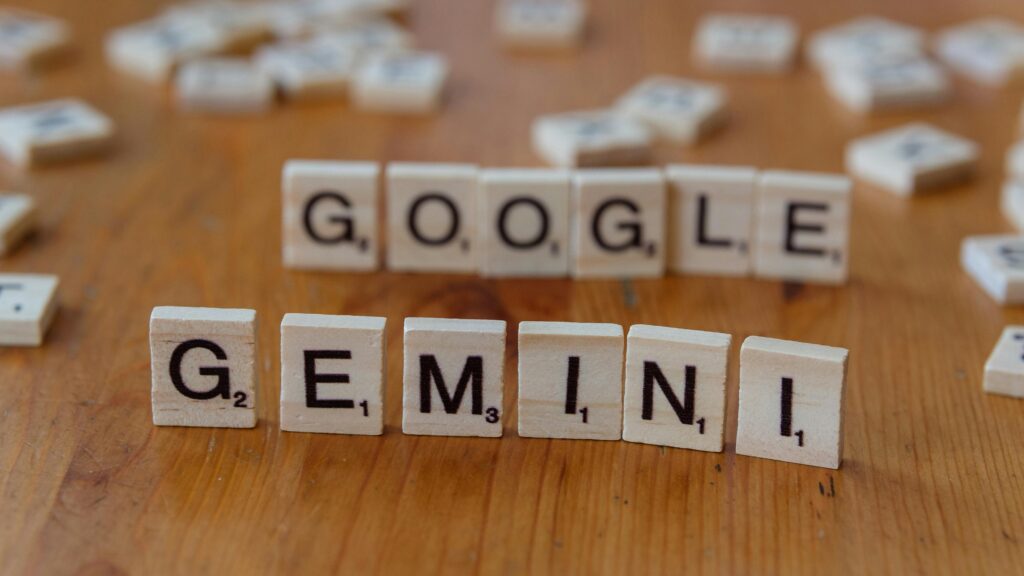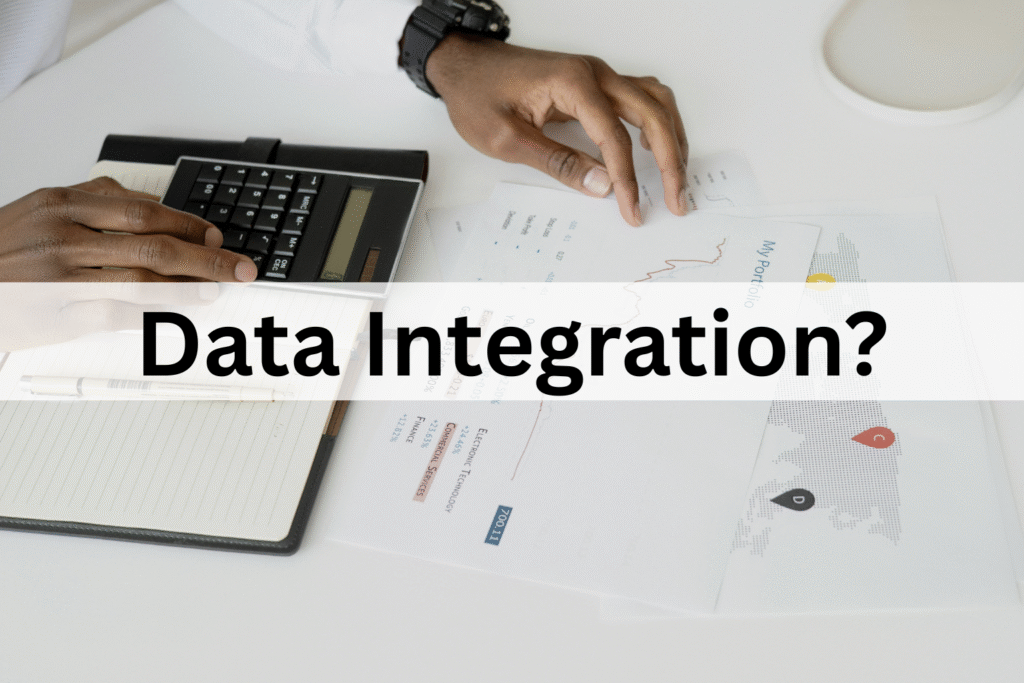What is Generative AI?
In simple words, Generative AI is a tool like Artificial Intelligence where it can create things like text, images and videos etc. for the regular content creator. And the interesting fact is that it can actually create original content and Generative AI can also write poems and quotes and stories and you can use their content in your feed and you can say this is written by me and Generative AI is creating content without copyright and this is a great opportunity if someone wants to start creating content from a beginner level then this is a great opportunity to start as soon as possible and as we know there are some limitations and restrictions like a person can create just 4 images in a day but it is free so there are 0% complaints about it from my side and if someone can invest in these tools then it is great.

Some real-life examples you might’ve already seen:
- Chatbots that write articles or poems.
- AI tools that create realistic-looking faces of people who don’t exist.
- Apps that can turn your text into images (like “Draw me a cat riding a skateboard”)
Generative AI isn’t just for fun. It’s also helping in healthcare, education, fashion, business, and technology, making things faster, more creative, and sometimes even cheaper.
How Works?
Date Learning & Training
- Generative AI models are trained on massive amounts of information. For example:
- A text AI (like ChatGPT) learns from books, websites, articles, and conversations.
- An image AI learns by looking at millions of pictures.
It’s kind of like how we learn — by seeing and reading lots of stuff over time.
Identifies Trends
- Once it’s seen enough, the AI starts spotting patterns.
For example:
- In language, it learns that “peanut butter” is often followed by “and jelly.”
- In images, it learns what shapes and colors make up a “dog” or “sunset.”
It doesn’t understand like a human, but it gets really good at guessing what comes next based on the patterns it’s seen.
Its Start Crafting
- Now comes the fun part.
Once trained, you can give it a prompt — like:
- “Write a bedtime story about a robot.”
- “Draw a futuristic city.”
- “Make a melody that sounds happy.”
Note – And based on all that training, the AI generates something new that matches your request. It’s not copying — it’s remixing everything it learned in a creative way.
Exploring the Opportunities and Challenges
Generative AI is transforming industries, sparking creativity, and even changing the way we approach problem-solving. But, like any powerful tool, it brings both exciting opportunities and challenges.
Opportunities of Generative AI
- Boosting Creativity
Generative AI is a great opportunity for artists, writers, and designers. It helps in creating new content quickly and now one does not have to search by themselves and now just give the command and see the result – whether it is writing a novel, composing music or designing a product prototype. Artists can use AI as a tool to enhance their creativity and save their time to create content and overall generative AI is boosting their creativity. - Improving Productivity
AI can save time on repetitive tasks, allowing people to focus on more strategic tasks. For example, in businesses, AI can help generate reports, process large amounts of data, or even handle customer service chats. It’s a productivity enhancer that can make work more efficient and freer up human workers for more impactful tasks. - Pushing the Boundaries of Innovation
AI is opening the door to innovation. For example, in medicine, AI can create drug compounds or simulate complex diseases, speeding up the research process. In design, it can create architecture models or fashion collections that no one has ever imagined before.
Generative AI is amazing at creating personalized content. From recommending movies to writing custom emails, it helps brands deliver customized experiences. In industries like education and healthcare, AI can create unique learning paths or treatment plans based on individual needs, making services more accessible and effective.
Challenges of Generative AI
- Ethical Concerns and Misinformation
Generative AI has the ability to create incredibly realistic content, from deepfake videos to fake news articles. This raises significant ethical concerns, particularly around misinformation. It’s crucial to ensure that AI-generated content is used responsibly and doesn’t mislead or harm people. - Job Displacement
While AI can boost productivity, there’s a growing concern about job loss. As AI takes over more repetitive tasks, some jobs may be replaced by automation. It’s important for businesses to think about how to retrain employees and ensure that they benefit from AI advancements rather than getting left behind. - Data Privacy
Generative AI often needs access to massive amounts of data, raising questions about privacy. If not properly protected, personal or sensitive information could be misused or stolen. Ensuring that AI respects privacy laws and ethical guidelines is critical as it becomes more integrated into everyday life.
Conclusion: The Future Starts with AI in Content Creation
Now we already learn above about Generative AI is providing the game changing opportunities and with this we create and interact with the world around us. From writing stories to design products, this update in technology is unlocking exciting possibilities in art, business, and even healthcare and if you wanted to know about AI in Health Care Sector so explore my blog and also, I am drooping the blog link. And come to the topic so It’s allowing us to think outside the box and explore new ways to solve problems.
However, we also need to be careful. With great power comes great responsibility. There are concerns about ethics, bias, and the spread of misinformation that we need to address. It’s important to use AI thoughtfully and make sure it’s benefiting everyone fairly.
Looking ahead, generative AI will continue to be a game-changer. If we balance creativity with responsibility, we can make sure AI helps create a better, smarter future for all of us.

Related Blog – AI in Health Care Sector
🧠 FAQs: Understanding Generative AI
1. What is Generative AI?
Generative AI refers to artificial intelligence systems capable of creating new content such as text, images, audio, and code using machine learning models like GANs or large language models (LLMs).
2. How does Generative AI work?
Generative AI uses deep learning models trained on vast datasets to recognize patterns and generate new, similar data. Popular models include GPT (text), DALL·E (images), and MusicLM (audio).
3. What are some examples of Generative AI?
Examples include:
- ChatGPT (text generation)
- Midjourney and DALL·E (image creation)
- Synthesia (AI-generated videos)
- GitHub Copilot (code suggestions)
4. What industries are using Generative AI?
- Healthcare (drug discovery, medical imaging)
- Marketing (content creation, personalization)
- Finance (report automation)
- Education (tutoring, automated feedback)
- Entertainment (music, gaming, storytelling)
5. Is Generative AI the same as traditional AI?
No. Traditional AI focuses on prediction and classification, while generative AI creates new data or content, simulating human creativity.
6. What are the risks of Generative AI?
- Misinformation and deepfakes
- Copyright and ethical issues
- Job displacement
- Bias in generated content
7. Can Generative AI replace humans?
Not entirely. While it enhances productivity and automates tasks, human creativity, context, and ethics are still essential for guiding AI outputs.
8. How can businesses benefit from Generative AI?
Businesses can:
- Automate content creation
- Enhance product design
- Personalize user experiences
- Reduce time-to-market with AI-generated prototypes
9. Is Generative AI expensive to implement?
Not necessarily. With cloud-based APIs and tools like OpenAI, Google, and Microsoft offerings, even small businesses can experiment with generative AI affordably.
10. What is the future of Generative AI?
- Become more accessible
- Integrate with more daily applications
- Raise new ethical and legal challenges
- Drive innovation across every sector


